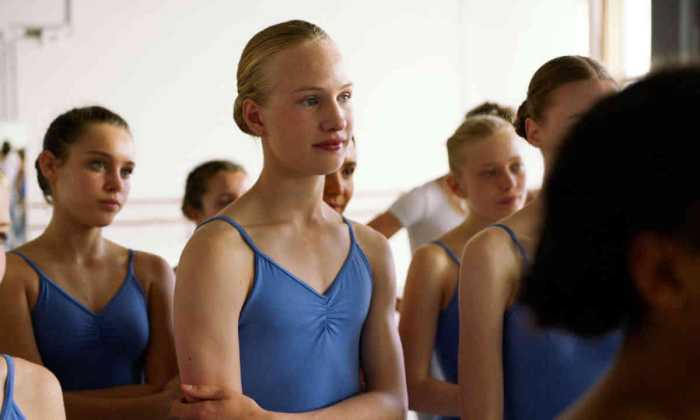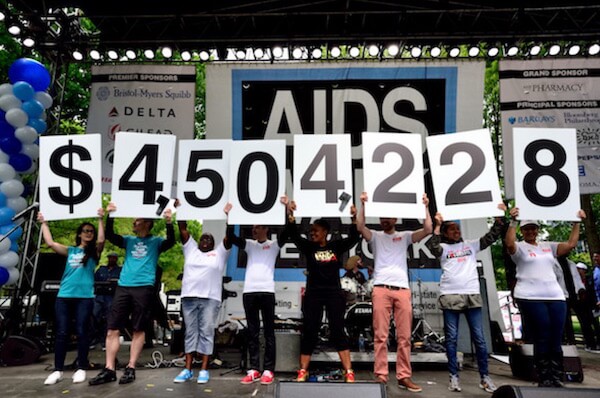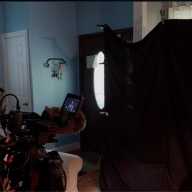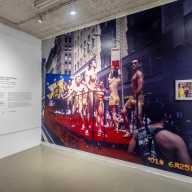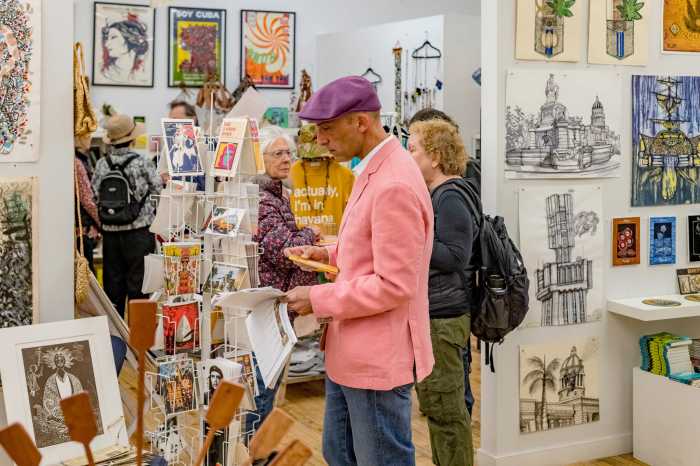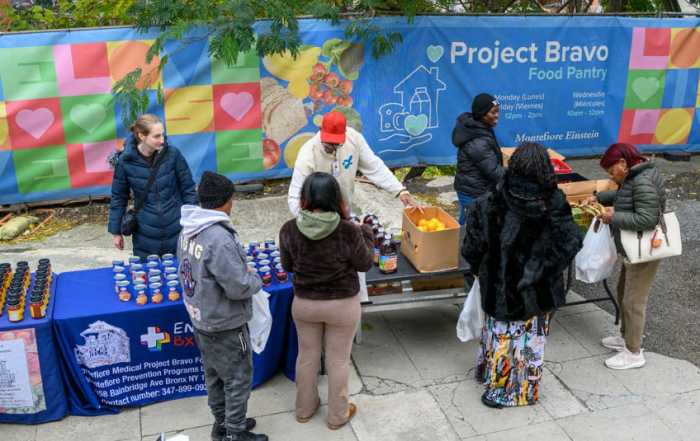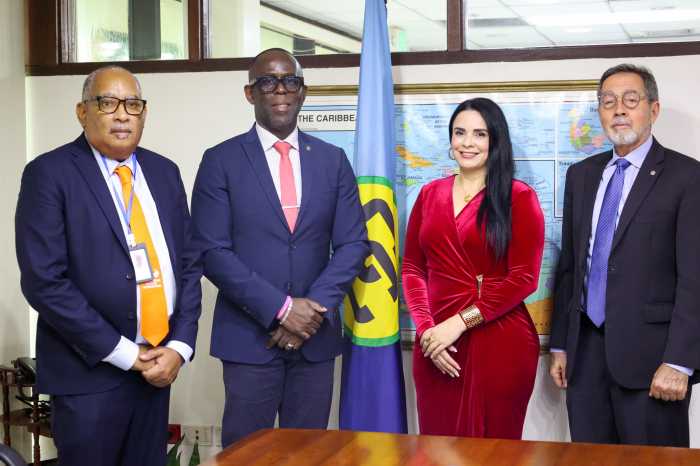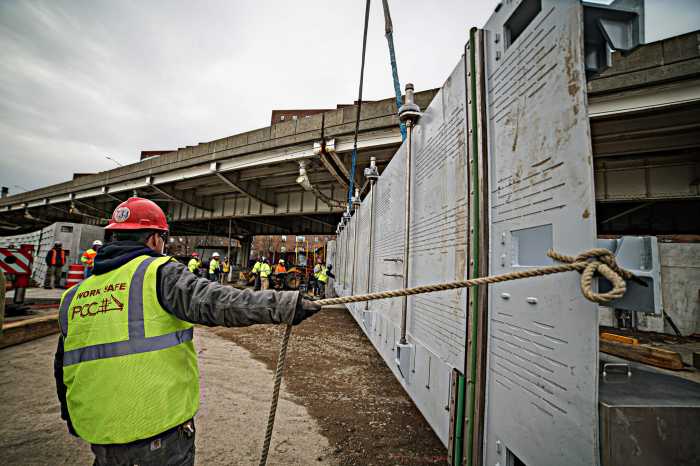When “The Boys in the Band” premiered in 1968 at a tiny theater in New York, it became a surprise hit that quickly transferred to an Off-Broadway theater, where it ran for more than 1,000 performances. Mart Crowley’s caustic drama, about a group of anguished gay men at a birthday party gone horribly wrong, was one of the rare plays to spotlight gay life when homosexuality remained seriously taboo. In fact, simply dancing with a same-sex partner could land you in jail.
Gay folks were thrilled to see themselves onstage. Mainstream audiences were gobsmacked.
Netflix movie reunites cast of “Boys in the Band” Broadway revival
But soon the play became as polarizing as it was groundbreaking. Many hailed the bold narrative where, as one character puts it, “Not all faggots bump themselves off at the end of the story.” Yet others were incensed because they viewed the portrayals as pathetic stereotypes –– simpering, self-loathing losers incapable of loving, fulfilling relationships. Some queer historians have even suggested that the play helped spark the Stonewall riots a year later.
The 1970 film, adapted by Crowley and directed by William Friedkin (“The Exorcist”), featured the entire ensemble from the play. The gritty cinematography and harsh portrayals served to propagate these sad caricatures, and it grew to be a source of shame for the LGBTQ community. A review of the 1999 re-release published in the San Francisco Chronicle proclaimed “70s Gay Film Has Low Self-Esteem.”
Fifty years after the premiere, “The Boys in the Band” finally made its Broadway debut. Produced by Ryan Murphy and directed by stage and screen wizard Joe Mantello (“The Normal Heart” and far too many credits to list here), the show boasted a stellar cast, every one of them out and proud. The production breathed new life into a problematic story by transcending stereotypes. It won the 2019 Tony Award for Best Revival of a Play.
And now, in a striking echo of the past, there’s a shiny new screen version, starring the cast of the Broadway revival. Developed by Netflix, the film is directed by Mantello and co-produced by Murphy, Mantello, and others.
This film is a stunner. The scope of the drama has been opened up and the portrayals have deepened since the Broadway run. Like the original movie, there’s an opening montage that offers glimpses of the characters going about their lives in New York City. Exteriors were shot in New York and Los Angeles.
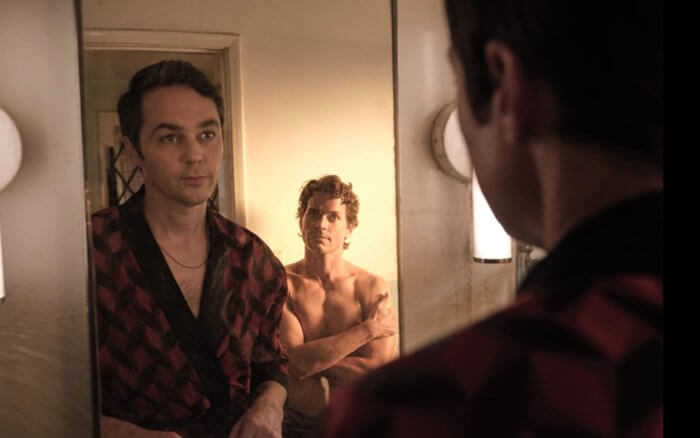
We meet the acid-tongued party host Michael (Jim Parsons, in one of the finest performances of his career), a screenwriter who can’t control his drinking or his whining. Strapped for cash and leveraged to the max, he’s obsessed with buying designer clothes. His collection of sweaters and ascots is impressive.
There’s the impossibly handsome Donald (Matt Bomer), Michael’s former lover undergoing analysis to cure his homosexuality. For maximum comic relief, there’s Emory (Robin De Jesús), a sassy, swishy interior decorator who never misses a chance to crack wise.
We also glimpse Emory’s close friend Bernard (Michael Benjamin Washington), an officious librarian; Larry (Andrew Rannells), a commercial artist who is shamelessly promiscuous; and his jealous, straight-acting, live-in lover Hank (Tuc Watkins). The couple is shown at Julius’, the now-landmarked gay bar in Greenwich Village, in a brief sequence lifted from the original film. We also see Cowboy (Charlie Carver), the hustler ordered up as a “gift” for the birthday boy. Rounding out the group is Alan (Brian Hutchison), Michael’s supposedly straight college roommate, visiting from out of town, who is struggling with a secret.
They all converge at Michael’s shabbily charming Upper East Side duplex for a night of boozing, dancing, and snappy repartee. The night takes an ugly turn when the inebriated Alan lets his homophobia get the best of him. Insults and punches are hurled.
At that very moment Harold (Zachary Quinto), the birthday boy, makes his now-iconic entrance, refusing to apologize for being late: “What I am, Michael, is a 32-year old ugly pockmarked Jew fairy. And if it takes me a while to pull myself together… it’s nobody’s goddamn business but my own.”
Halfway through the evening, the sloshed Michael insists his guests play a sinister, sadistic, party game, where each must dare to telephone someone they are deeply, perhaps secretly, in love with. He enjoys watching them squirm as they attempt their confessions.
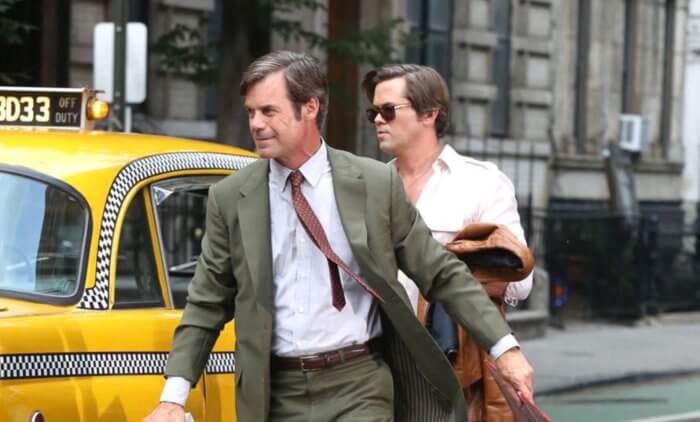
The creative team and cast were fortunate to have Mart Crowley as a consultant to the film as well as the Broadway version. He proved to be an invaluable sounding board as well as an inspiration. Sadly, Crowley passed away this past March while recovering from a heart attack.
It’s hard to pinpoint exactly why this movie is so affecting, so amply satisfying. For starters, Mantello has a keen command of the material. Under his guidance, the performances, honed for months onstage, are pitch-perfect. Apparently they only had to shoot half the typical number of takes since the actors often nailed it on the first try. Somehow the connections between the characters feel softer, more nuanced. For all the kvetching and rancor, genuine warmth and affection shine through. This was not the case in the earlier film version.
Then there’s Bill Pope’s artfully stunning cinematography and Judy Becker’s production design. The film exudes a gorgeous sheen that’s highly appealing; the attention to period detail is remarkable. Michael’s apartment, with an enviable terrace, is a riot of clutter, revealing his conflicted psyche. There are beautiful antiques, knick-knacks, and homoerotic paintings. But we also see a messy bureau crowded with half-used bottles of cologne, and dirty smudges around the light switches. He can’t afford a maid and it shows.
The creative team did their best to cinematize the story, inserting moody flashback sequences while the men are making their phone calls to underscore the poignancy of their choices. Plus, they added a coda of sorts, following each man after the party ends.
Mantello has a much lighter touch than Friedkin, which proves more engaging. Pivotal scenes of heightened emotion (when the thunderstorm hits, when Alan snaps, when Michael has his inevitable breakdown) that were overwrought in Friedkin’s heavy hands feel more natural in the remake.
In the Broadway play, Quinto was criticized for turning Harold into an impenetrable, cartoonish monster. In this film iteration, his spiky Howard has a welcome whiff of vulnerability. Racial epithets pitched at Bernard, who is Black, have a renewed sting in the age of Black Lives Matter.
Screenwriter Ned Martel, along with Crowley, tweaked the original script, making cuts to shorten the running time and refresh some of the stale references. A mention of the long-defunct Le Pavillon restaurant is swapped out with Joe Allen. We now spy Hank and Larry writhing naked and passionately kissing, a racy detail that the censors would not allow in the first movie.
When the boys spontaneously do a line dance, Larry whips out a bottle of poppers, also not in the original. The bottle of scotch that Alan clutches in the 1970 film is J&B. In the Netflix reboot, it’s the decidedly more upmarket Johnny Walker Black Label.
For decades, many gay men have scoffed at “The Boys in the Band,” wanting to disassociate themselves from the self-deprecating gaggle of bitchy queens. Even today, some wince at the suggestion of revisiting the work, perhaps because it still cuts a bit too close to the bone. The play has held up as an outstanding piece of dramatic literature, cut from the same cloth as Edward Albee and Tennessee Williams.
This superb, refreshed rendition will teach a new generation what it was like to be queer 50 years ago. Perhaps “The Boys in the Band” will finally attain the respect and admiration it so richly deserves.
THE BOYS IN THE BAND | Premieres exclusively on Netflix, Sep. 30
To sign up for the Gay City News email newsletter, visit gaycitynews.com/newsletter.


